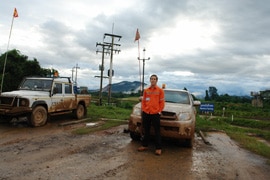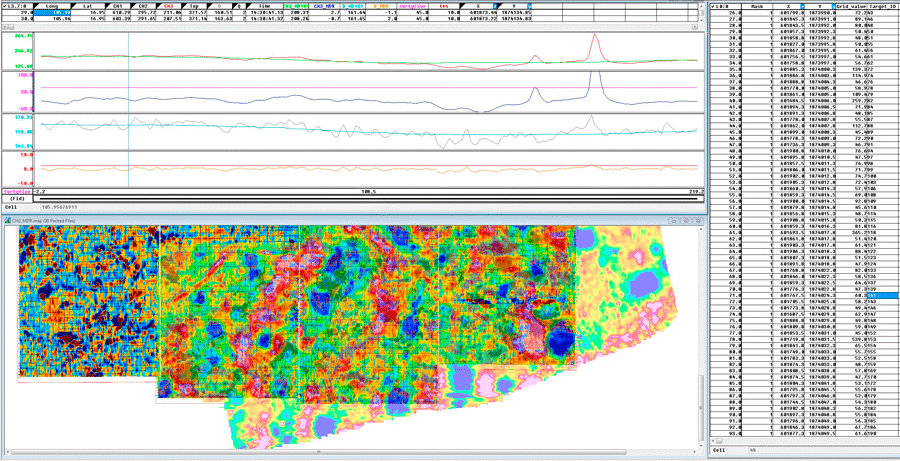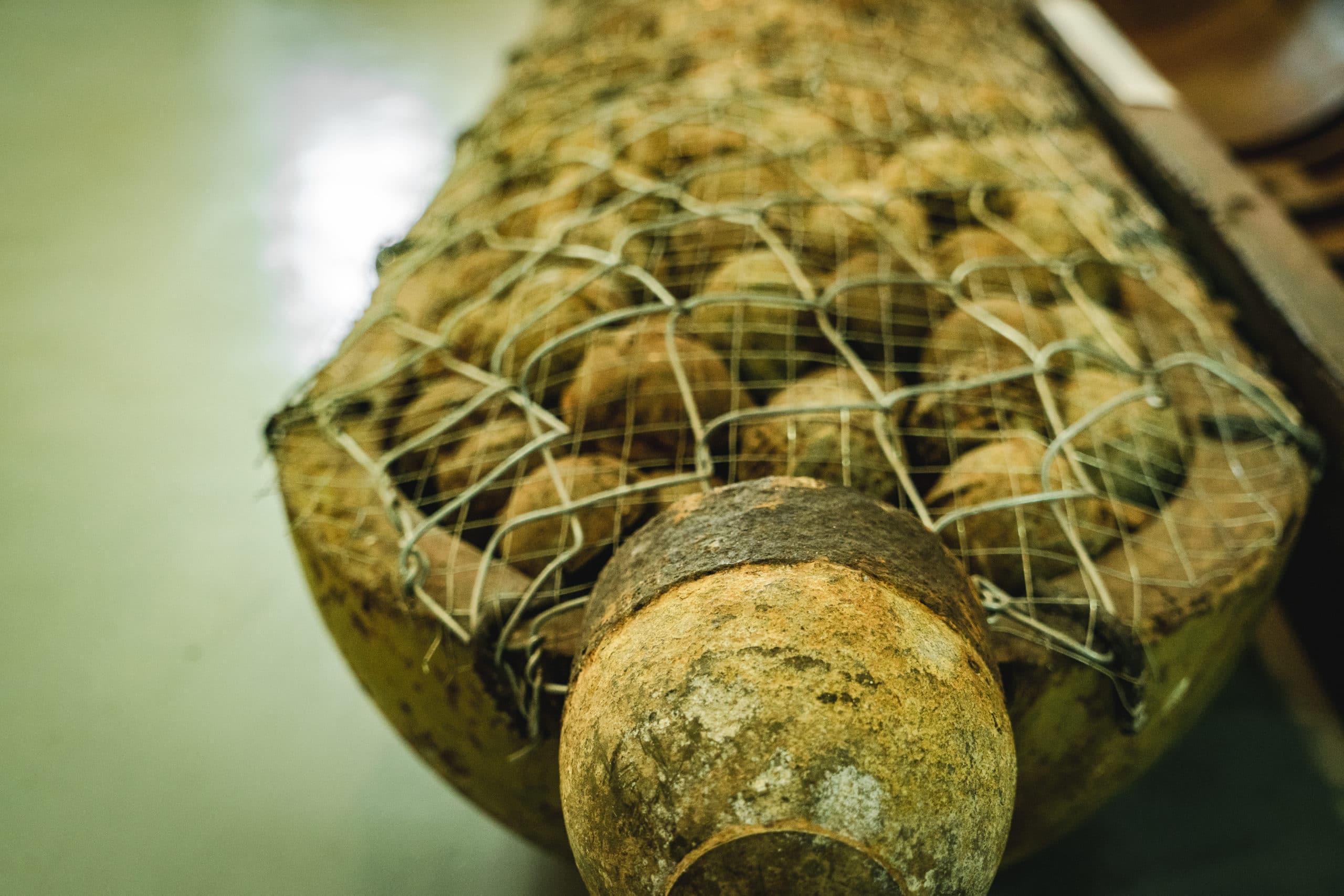Laos is paying a hefty economic price for inheriting thousands of unexploded ordnance (UXO), and little wonder: developers are naturally reluctant to build factories and hotels, when simply laying the foundation can trigger a buried bomb. Major industrial projects thoroughly cleared of the threat are therefore all the more important to the country’s economy.

Michael Laneville, principal geophysicist, within MMG’s UXO Department, adopted a geophysics-centric approach to modernize its survey work and dramatically reduce risk for the company’s Sepon copper-gold mine site which straddles the UXO-contaminated Ho Chi Minh Trail.
One such project is the Sepon copper-gold mine in the nation’s southern region. Owned by global resource company MMG Ltd., the massive open-pit operation generated $806 million in revenue in 2012, or 8.5% of Laos’s gross domestic product of $9.3 billion. Problem is, the mine’s concession area straddles a section of the Ho Chi Minh Trail, which remains heavily contaminated with UXOs.
The unexploded bombs, some as large as 3,000 lbs., pose a particular threat to the open-pit mine. Buried too deep to be disturbed by people walking over top of them, the bombs are much more likely to go off when struck by the blade of a bulldozer. Thus each new work area must be cleared of UXOs before development can begin, resulting in costly delays and diminished production.

A few years ago, two bombs were discovered only after digging had begun in a cleared area. Although no one was injured, the incident forced MMG to review and update its UXO clearance processes. The foremost change was the addition of Michael Laneville as principal geophysicist within the mine’s UXO Department. Laneville wasted no time in adopting a geophysics-centric approach, one which has allowed the department to modernize its survey work and dramatically reduce owner MMG’s exposure to risk.
Previous efforts to clear UXOs relied on traditional “mag and flag” methods, he explains. Operators would walk through the survey area with metal detectors to locate UXO . Unfortunately, this method left plenty of room for error. By contrast, Laneville says, digital data capture and analysis enable geophysicists to verify that all field equipment is working properly, that operators are acquiring data at proper speeds, are free of metal or other sources of ‘noise,’ and that areas are 100% covered.. The crucial benefit is that digital data capture can clearly demonstrate that the equipment can detect known ordnance types at the required depths.
The collected data are processed through the UX-Detect, UX-Process and UX-Analyze modules of Geosoft’s Oasis Montaj, says Laneville. Oasis montaj is also used for daily testing of the survey equipment itself and the digital archiving of the collected data. Laneville notes that this clearance archive is one area where Sepon is well ahead of other UXO clearance groups working in Laos.
But what of the two missed bombs?
Upon their discovery, MMG closed down the affected pit and started a two-month-long investigation into how the bombs eluded the survey teams. The shutdown was costly, but no bombs have been missed since employing a geophysical approach. Having a digital survey archive means such investigations can now be completed quickly and economically – a considerable advantage for NGOs with limited budgets and large areas to survey and clear.
Field trials have include testing of equipment from over a dozen leading manufacturers and service providers, to find detection systems suited for the challenging soils at Sepon.
Laneville adds that Laos is unique in that its soil is highly variable.
“If you search for UXO in Lebanon for example, where there is sand for hundreds of square miles, what holds true in one area may still hold true in other areas farther away,” he says. “But at a place like Sepon, there’s variability in soil hardness in the order of tens of metres.” The variability means one sensor type may work in an area but not another. Modern geophysics offers the extensive toolbox from which Sepon can select the best one for each area’s topography, UXO, and soil type. Sepon is believed to be the only organization in Laos using geophysics, though other companies are monitoring its digital survey work closely. “They know we’re cutting edge and want to see what we’ve tried, what has worked, and what hasn’t,” Laneville says.
After many years of slow and halting clearance efforts, Laos remains locked in its struggle against buried bombs. With its leadership role and spotless safety record, Sepon just may be the catalyst the country needs to make the land safe once again.





